Using AC chargers to charge your EV
EV drivers, here’s the low down on using AC chargers
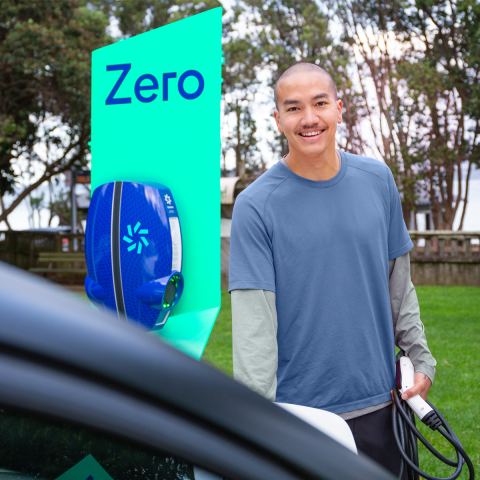
EV drivers, here’s the low down on using AC chargers
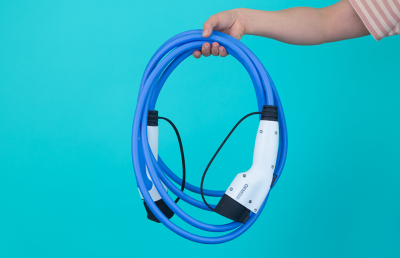
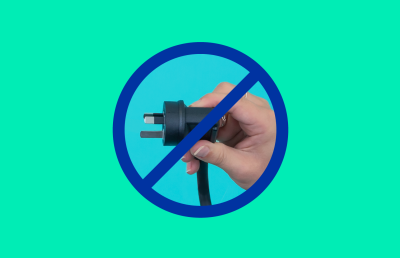
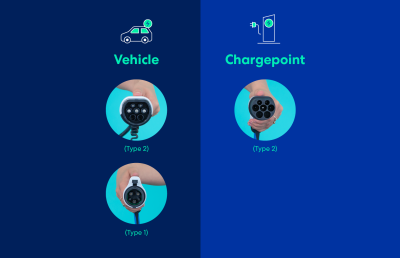
*Ts&Cs, break fees and eligibility criteria apply. Credit valued at $35/month and only available on our EV Plan.
^Cheaper charging is calculated comparing the night vs day rates on Meridian’s EV plan. Savings vary by network.
If you’re new to the world of EVs, we’re keen to help. You’ll find everything you need to know about electric vehicles. From what they are and why we love them, to what they cost to run, what kind of electric cars you can buy, and of course – our best power plan for EV drivers. We’re here to help arm you with everything you need to get EV ready.
Learn more about our EV Plan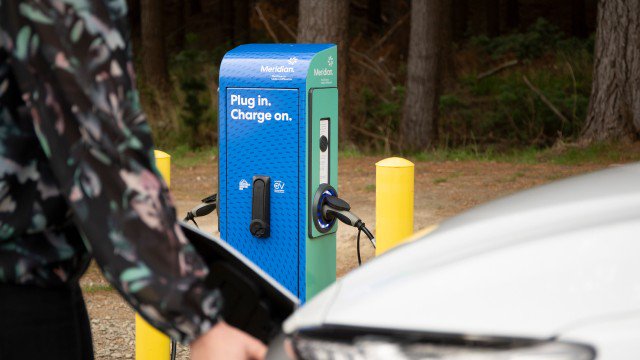
How much does it cost to buy an EV? And how much does it cost to charge?
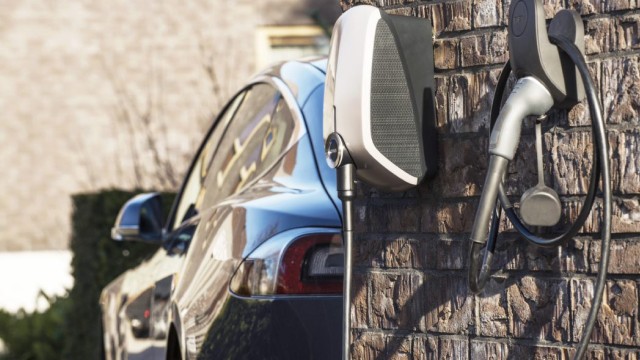
Nervous about being out of range of a charger and losing juice while out on the road?
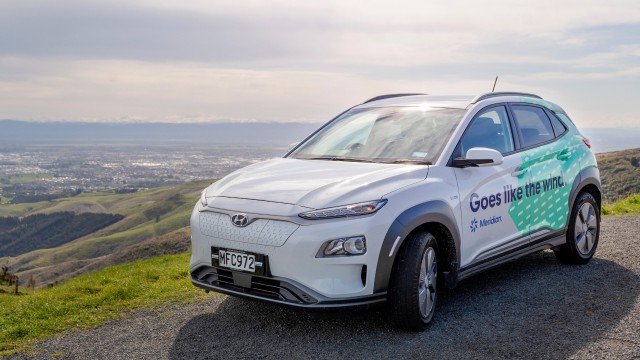
There are heaps of benefits to driving an electric vehicle. We’ve narrowed it down to the top six reasons to go electric.
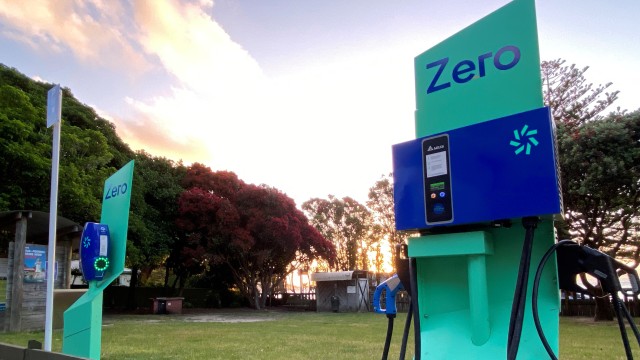
It’s no secret that we’re excited about electric vehicles – so excited that we’re building one of the country’s largest EV charging networks!